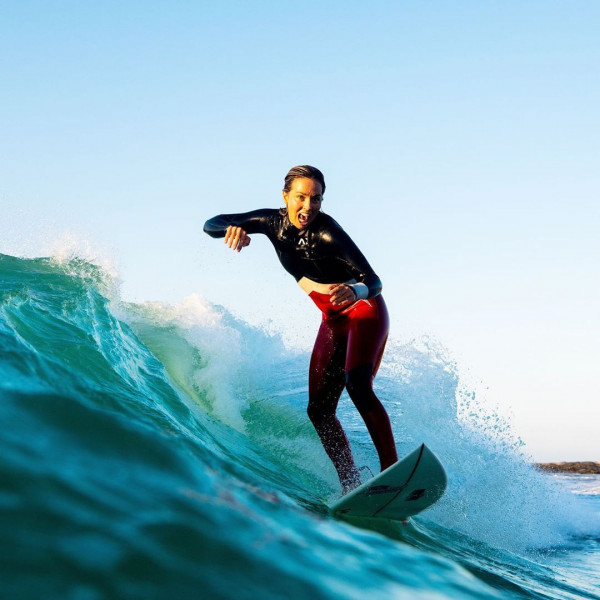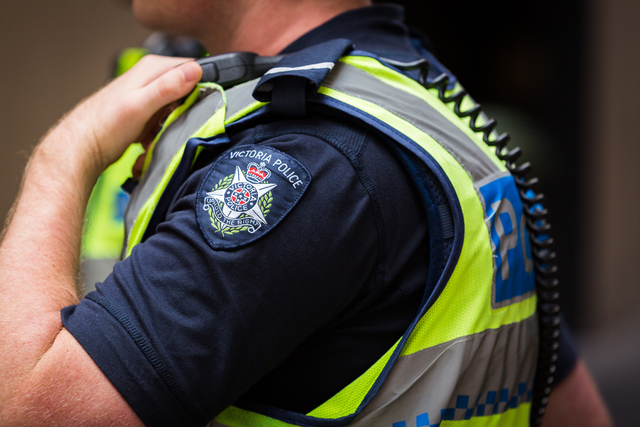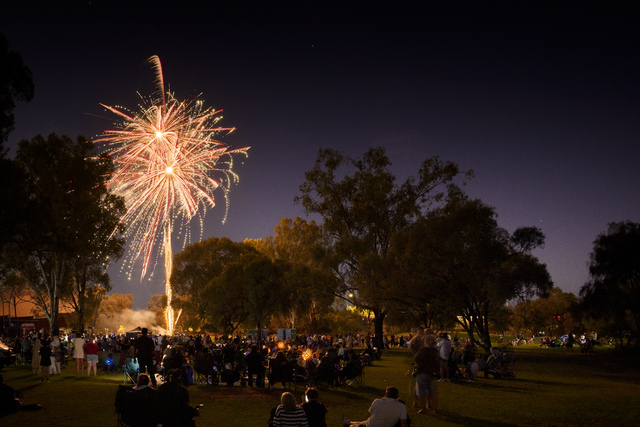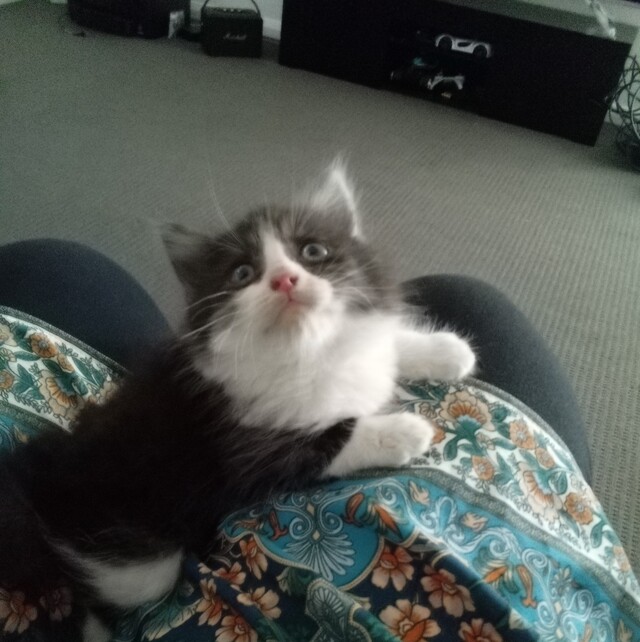SMELL that? It’s a hell of a whiff of Olympic fever.
The Olympics are that time every four (or five this time) years where Aussies are glued to the TV to support sports most of us we didn’t even know existed.
OK, that’s a bit tongue-in-cheek, but come on, how many people do you know in your life that regularly compete in triple jump for fun?
The Olympic Games, which have just started in Tokyo after being postponed from last year, capture the imagination of sports fans all over the world and we often find ourselves watching sports either not readily available on TV or with a lower popularity level.
I never expected to find handball entertaining, yet here we are.
There are a bunch of new sports and modified versions of existing sports that are coming to Tokyo. Let’s have a look at some of these.
Skateboarding
IS it the Olympic Games or the X Games? Whatever, this is aimed at trying to bring some younger eyes back to the Olympiad.
Skateboarding will be contested in street and park formats.
Street is a course set up like … well, a street, with rider performing tricks, grinds and slides, while park is in a more bowl-like course – like what you see in movies. It allows for more airtime and flip tricks.
The only downside is that the GOAT, Tony Hawk, isn’t a couple of decades younger and able to compete.
Aussies to watch: Hayley Wilson, Shane O’Neill (street), Keegan Palmer, Kieran Woolley, Poppy Olsen (park).
Surfing
YOU feel this a sport that Australian’s have a real shout at, alongside the US and Brazil, as these are the arguably the countries that produce the best pro surfers.
Japan may not seem like “surfing country”, but you might be surprised what kind of waves these athletes can ride.
This is to be judged in the same way as world surfing competitions, with judges scoring each wave as surfers go one-on-one.
Aussies to watch: Sally Fitzgibbons, Steph Gilmore, Julian Wilson, Owen Wright.
BMX Freestyle
BMX racing was introduced at the Beijing Games in 2008 but now it’s freestyle sibling has been included.
Riders will have 60 seconds to do as many impressive tricks as possible on a course like the arena used for the skateboarding park competition, and judges will give scores based on the difficulty and execution of those tricks.
This is another to put in the basket of “let’s get the younger audience watching again”.
Aussies to watch: Logan Martin, Natalya Diehm.
Sport climbing
YEP, moving your way up a wall can now win you an Olympic gold. You can’t deny the outstanding athleticism that is required though.
It is a combined event across three disciplines: speed, lead and bouldering.
Speed is self explanatory, fastest to the top wins.
Lead sees climbers roped in and having to clip their rope into every carabiner on the way up. They are measured by how high they get.
While the others are held on a 15m wall, Bouldering is a 4.5m wall with no ropes, although the landing floor is padded. The aim is to complete each boulder “problem” in as few attempts as possible in the four minutes allotted.
Aussies to watch: Tom O’Halloran, Oceana Mackenzie.
Karate
CONSIDERING taekwondo, judo and wrestling have already been a part of the Olympics for some time, it’s more than a little surprising karate was only brought into the fold this year.
Apparently, the sport has been trying to find its way into the Games since the 1970s, so it has been a long time coming.
There are two main competitions in karate: kumite and kata.
Kumite is the physical bout where opponents try to beat each other, while kata is based around patterns, demonstrating offensive and defensive moves targeting a virtual opponent.
Aussies to watch: Tsuneari Yahiro (men’s -75kg).
Baseball and softball
Yes, they have been in the Olympics before, but both of these sports were omitted from London in 2012 and Rio in 2016.
Baseball is played only by males and softball by females.
Australia don’t have a baseball team but our Aussie Spirit Softballers have already had a loss to Japan and a win over Italy.
HOW’S THE HOME BASE
IT’S not exactly the Olympic village spirit of previous years in Tokyo, especially under the constant threat of COVID.
So much so that one of the athletes’ favourite past-times and ways to blow of steam, which also involves exercise if you catch my drift, is trying to be put on hold.
Athletes will have to sleep on cardboard ‘anti-sex’ beds that are meant to collapse under extra weight.
I mean, kudos to the host nation for thinking outside the box in a pandemic world, but not sure that’s the right answer.
For starters, one Irish gymnast already filmed himself jumping around on the beds – literally, not figuratively and it showed they don’t actually collapse.
Secondly, how is anyone meant to sleep on those things? They consist of three separate small mattresses that would likely move apart with any wriggling.
Surely some comfort would have been nice for the athletes who have already gone through the ringer.








